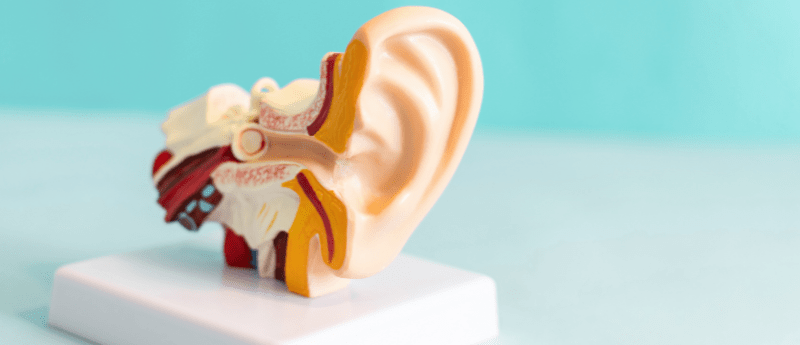Novel bioengineering approach for ear reconstruction

Researchers have combined 3D printing and tissue engineering techniques to create a replica of an adult human ear that resembles its shape, size and biomechanical properties.
Ear reconstruction surgery remains a challenging procedure for surgeons, attributable to the surgical precision and skill required, as well as the hurdles associated with obtaining the autologous costal cartilage for the scaffold and creating a graft that closely resembles the recipient’s other ear.
Advancements in 3D modeling, 3D printing and tissue engineering have meant that a team of researchers from Weill Cornell Medicine and Cornell Engineering (both NY, USA) have successfully bioengineered a replica of the human ear utilizing a 3D-printed scaffold and decellularized cartilage xenograft. This approach holds promise for people born with a congenital malformation or who lose an ear later in life.
A previous study by the team laid the foundations for their current approach by demonstrating that animal-derived chondrocytes could be utilized to seed a scaffold made of collagen to produce a graft. While initial success was observed with the outcome of the graft, the team found that the soft scaffold material was prone to warping and contraction, resulting in the gradual loss of the distinct topography of the graft.
Seeking to develop an approach that preserves the structure and topography of the graft, the team turned to animal-derived cartilage. By utilizing images of an adult ear obtained with 3D photogrammetry, a technique for creating 3D models from photographs, they were able to create a polylactic acid 3D-printed scaffold. The scaffold was then loaded with decellularized ovine costal cartilage, which facilitated new tissue formation within the scaffold by strengthening the graft.
The team observed the structure develop into cartilage over a 6-month period, with the resulting construct possessing features that resembled the human ear’s anatomy.
Biomechanical analysis demonstrated the flexibility and elasticity of the ear constructs. While the overall outcome was encouraging, the team found that these constructs are susceptible to tearing and are not as strong as natural cartilage. This finding has prompted the team to explore new methods for reinforcing the strength of the construct, such as through the incorporation of chondrocytes, to provide elastic proteins that will enhance the robustness of the cartilage, making it more resistant to warping and contraction.
Discussing the significance of the study, Jason Spector, professor of plastic surgery at Weill Cornell Medicine, commented: “Ear reconstruction requires multiple surgeries and an incredible amount of artistry and finesse. This new technology may eventually provide an option that feels real for thousands needing surgery to correct outer ear deformities.”
This study opens new avenues for 3D printing and tissue engineering by enhancing our understanding of how these approaches can be combined for organ biofabrication.